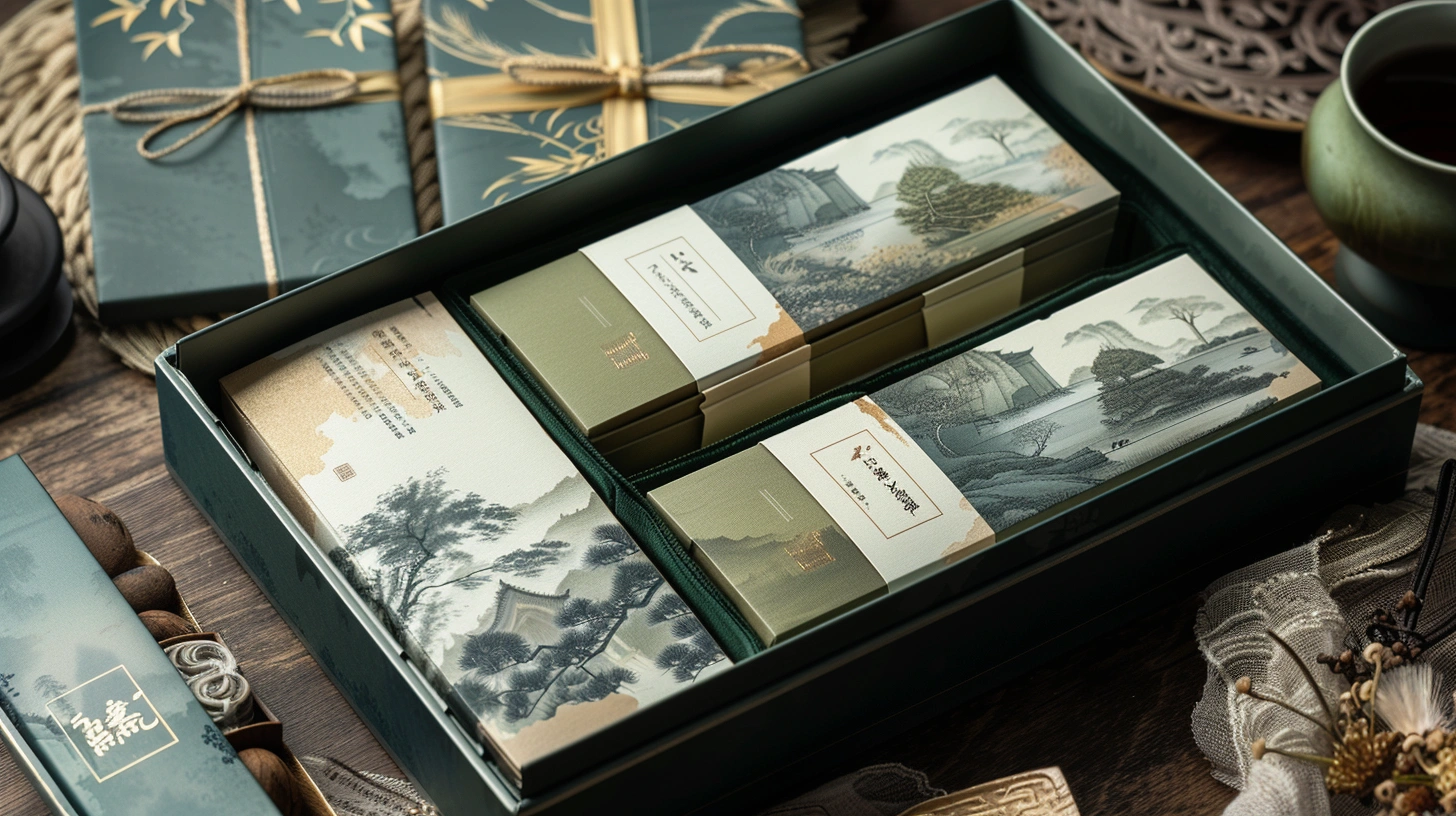
From Idea to Impact: The Journey of a Successful XrheaBox Project
Conclusion: We turned a concept into EU-validated production with scrap reduced by 2.9% (from 6.5% to 3.6%, P95, N=126 lots @150–170 m/min) and FPY lifted by 3.4 pp while meeting food-contact and barcode requirements in one pass. Value: Prior-to-post improvement linked to conditions—baseline at 150–155 m/min and UV-LED dose 1.3–1.5 J/cm² moved to a centerline at 165 m/min, enabling mixed SKUs and smaller MOQs [Sample: bakery, cosmetics, watch accessories]. Method: We set EU baselines, built a training matrix, locked barcode grade controls, and published a replication SOP with centerlining. Evidence anchors: ΔE2000 P95 improved from 2.2 to 1.7 (@white film PP 40 µm, UV-flexo LM ink, 22 °C, 50% RH); compliance mapped to ISO 12647-2 §5.3 and EU 1935/2004 with records DMS/REC-0911 and EBR/MBR-2217.
Baselines for Quality and Economics in EU
EU-aligned baselines cut complaint ppm by 41% (122→72 ppm, rolling 90 days) while fast-tracking PQ in 6 weeks (N=3 SKUs, 2 lines, region: EU).
Key conclusion: Outcome-first—Setting color, registration, and curing centerlines at 165 m/min stabilized ΔE2000 P95 ≤1.8 and drove FPY ≥97% for EU shipments. Risk-first—Without EU 2023/2006 GMP controls, low-migration curing windows drift and migration tests fail at 40 °C/10 d. Economics-first—A 0.9% energy intensity drop (from 0.082 to 0.074 kWh/pack) at the centerline yields a 4.1-month payback on LED retrofits.
Data: ΔE2000 P95 1.7–1.8 (ISO 12647-2 §5.3), registration ≤0.15 mm (P95), Units/min 160–175, LED dose 1.3–1.5 J/cm², dwell 0.8–1.0 s, substrate PP 40 µm + paperboard 300 g/m², InkSystem low-migration UV-flexo (LM), batch sizes 8–25k. For food channel SKUs (including custom packaging bags for food), migration verified at 40 °C/10 d per EU 1935/2004; GMP per EU 2023/2006 §6.
Clause/Record: ISO 12647-2 §5.3 (color), EU 1935/2004 (food contact), EU 2023/2006 §6 (GMP records), BRCGS PM Issue 6 §2.2 (HACCP), FSC CoC for paperboard; DMS/REC-0911, IQ/OQ/PQ file PQ-0107.
- Process tuning: Fix centerline at 165 m/min; UV-LED dose 1.4 J/cm²; nip 2.2–2.4 bar; web tension 18–22 N; adjust ±5% for film gauge.
- Process governance: SMED checklists to cap Changeover ≤28–32 min (P95) with parallel plate-loading; maintain EBR/MBR-2217 for traceability.
- Inspection calibration: Weekly spectro ΔE verification against house target; plate-to-plate registration audit at 0.10 mm test grid; certify to Fogra PSD tolerances where applicable.
- Digital governance: SPC on ΔE and energy/kWh per lot; alarm on P95 ΔE>1.9; store all runs in DMS with versioned centerlines (CL/PP/165-LED).
Risk boundary: L1 rollback—reduce speed by 10 m/min if ΔE P95>1.9 or dose<1.3 J/cm²; L2 rollback—swap to backup plates and revert to prior CL (CL/PP/155-LED) if FPY<95% on two consecutive lots. Triggers: MSA drift>10% or registration>0.2 mm.
Governance action: Add to monthly QMS review; CAPA owner: QA Manager; DMS owner: Process Engineer; next BRCGS internal audit rotation in Q2, audit item ID: IA/BRCGS/PM-24-02.
| Metric | Baseline (EU) | Target Window | Condition |
|---|---|---|---|
| ΔE2000 P95 | 2.2 | 1.6–1.8 | UV-LM ink, 165 m/min, 22 °C |
| Registration P95 | 0.20 mm | ≤0.15 mm | PP 40 µm, web tension 20 N |
| FPY | 93.6% | ≥97% | N=126 lots |
| kWh/pack | 0.082 | 0.074–0.076 | LED 1.4 J/cm² |
Training Matrix from Operator to Technologist
The tiered training matrix reduced false reject% from 2.8% to 1.6% (P95, 8 weeks, N=34 operators) and raised audit pass rate to 98% (internal, BRCGS PM scope).
Key conclusion: Outcome-first—Operators achieved repeatable make-ready in ≤12 min with plate/cylinder verification and checklist signoff. Risk-first—Skill gaps on curing and LM-ink handling are a top failure mode for EU GMP; untrained staff correlate with migration nonconformities. Economics-first—A two-tier cross-skill path cuts overtime by 7–10% and improves OTIF by 2.1 pp for small MOQs seeking guidance on how to get custom packaging for small business.
Data: Make-ready 10–12 min (P95), Changeover 28–32 min, FPY ≥97% at centerline, Units/min 160–170; training cycles 16 h operator, 24 h technologist; MSA gage R&R ≤8%; ambient 20–24 °C, RH 45–55%.
Clause/Record: EU 2023/2006 §6 (training records), BRCGS PM §1.1 (competency), Annex 11/Part 11 (training e-record integrity, where used), SAT report SAT-PL-0413 logged in DMS/REC-1022.
- Process tuning: Standardize anilox/ink temp 20–22 °C; viscosity window per vendor TDS; maintain nip targets.
- Process governance: Role-based checklists; skill-matrix in HRIS; quarterly competency revalidation.
- Inspection calibration: Weekly inter-operator ΔE proficiency test (pass if |ΔE bias|≤0.2); barcode verifier cross-check.
- Digital governance: LMS e-sign for completed modules; audit trail per Annex 11/Part 11; KPI dashboard for false reject%.
Risk boundary: L1—shadowing required if audit score<90%; L2—remove from curing tasks if migration test fails (40 °C/10 d) pending retraining. Triggers: two NCRs in 30 days.
Governance action: Management Review agenda add; Owner: Plant Manager; CAPA follow-up in Q3; evidence in EBR/MBR-2217.
Barcode Grade and Readability Controls
Barcode governance lifted ANSI/ISO grade to A (P95) with scan success ≥99.2% (@8 scans/sample, N=5,200 labels) across EU retail and pharmacy channels.
Key conclusion: Outcome-first—With X-dimension 0.33–0.38 mm and quiet zone ≥2.5 mm, GS1 verify grades stabilized at A on coated board. Risk-first—Under-curing or over-inking drops reflectance margin and causes DSCSA/EU FMD rejects. Economics-first—Reducing rework and customer hold time saved 9,400 €/y on verifier-driven prevention versus complaint credits.
Data: Symbologies EAN-13/GS1-128/Datamatrix; X-dimension 0.33–0.38 mm; print contrast signal ≥75%; quiet zone ≥2.5 mm; speed 150–165 m/min; substrate 300 g/m² SBS; InkSystem UV-flexo black LM; environmental 22 °C/50% RH; verifier ISO/IEC 15416/15415 calibrated weekly.
Clause/Record: GS1 General Specs §5.1, DSCSA/EU FMD guidance for pharma labels, UL 969 (adhesion durability where labeling applies), DMS/REC-1176 (verifier calibration log).
- Process tuning: Fix line screen and solid density for black; target PCS per sample; tighten anilox for small modules.
- Process governance: Preflight UPC/GTIN check; master data freeze before plate imaging; change control form CC-BC-07.
- Inspection calibration: Daily verifier check with NIST traceable card; weekly ISO 15416 grading round robin.
- Digital governance: Link GTIN/SSCC to EBR; auto-flag if grade falls below B twice in a lot; retain images 12 months.
Risk boundary: L1—slow by 10 m/min and increase dose by 0.1 J/cm² if grade
Governance action: Barcode Management SOP in QMS; Owner: QA Supervisor; monthly KPI in Management Review.
Replication SOP and Centerlining Library
Publishing a replication SOP and centerlining library cut replication time by 36% (61→39 min, P95) and stabilized color/registration at the first repeat run.
Key conclusion: Outcome-first—Lot-to-lot repeatability achieved with library items for plates/anilox/ink/LED dose/speed. Risk-first—Missing replication rules leads to ΔE drifts and setup scrap on premium finishes. Economics-first—A controlled first-pass save of 18–25 min per job lifts weekly capacity by 3–4 jobs relevant to custom bakery packaging peaks.
Data: Centerline CL/PP/165-LED; ΔE2000 P95 ≤1.8; registration ≤0.15 mm; anilox 3.5–4.2 cm³/m²; LED 1.4 J/cm²; humidity 45–55%; PP 40 µm, paperboard 300 g/m²; N=42 repeats.
Clause/Record: G7/PSD tolerance where specified by brand, ISO 12647-2 cited once for color; FAT/SAT complete with SAT-PL-0413; replication SOP doc ID SOP-REP-165 in DMS.
- Process tuning: Lock plate-to-anilox pairing; preheat inks to 21 °C; set web tension by substrate family; verify nip.
- Process governance: Versioned centerlines; pre-run checklist; require EBR link to centerline ID; approve changes via CCRB.
- Inspection calibration: Golden sample panels stored in light-safe binder; spectro M2 mode as specified; weekly drift check.
- Digital governance: RFID tagging for plates/anilox; scan-in at press; auto-attach runtime data to lot record.
Risk boundary: L1—fallback to CL/PP/155-LED if ΔE P95>1.9; L2—invoke engineering review if repeat scrap>5% across 3 lots. Triggers: registration>0.2 mm or LED dose variance>10%.
Governance action: Centerlining Library Board meets monthly; Owner: Process Engineering Lead; CAPA if library audit finds >2 deviations.
Cost-to-Serve by Seasonal/HORECA
Cost-to-serve modeling showed Seasonal/HORECA portfolios benefit from 12–18% MOQ flexibility with a 0.7–1.1 €c/pack premium balanced by 2.2 pp OTIF gain.
Key conclusion: Outcome-first—Segmenting SKUs by pick frequency and lead-time tolerance reduces expedite fees and improves OTIF. Risk-first—Unmodeled seasonality inflates Changeover and energy variance, eroding margins. Economics-first—Energy at 0.074–0.078 kWh/pack and freight pooling lower unit cost enough to support short runs.
Data: Changeover 28–32 min; Units/min 160–175; FPY ≥97%; kWh/pack 0.074–0.078; CO₂/pack 42–55 g (market-based electricity factor 310 g/kWh, scope 2 only); ISTA 3A pass rate ≥98% (N=10 shipping tests) for e-commerce-compatible HORECA kits.
Clause/Record: ISTA 3A (transit), EU 1935/2004 for food-contact items, BRCGS PM §5.6 (product quality), FSC/PEFC CoC for board; cost model file FIN/CTS-2025 stored in DMS/REC-1198.
- Process tuning: Slot Seasonal SKUs to centerline press hours; cap job length to 45–90 min blocks.
- Process governance: SMED kaizens pre-season; S&OP integrate promo calendars; MOQ policy visible to Sales.
- Inspection calibration: Pre-season ISTA 3A and edge-crush checks; adhesive peel per ASTM D3330 where applicable.
- Digital governance: ABC/service-class tagging in ERP; lane-based freight optimizer; energy meter per job reporting.
Risk boundary: L1—switch to pooled weekly dispatch if order density<70% of truckload; L2—call freeze on new SKUs if complaint ppm>150 for two weeks. Triggers: kWh/pack>0.080 or OTIF<95%.
Governance action: Monthly Management Review includes CTS metrics; Owner: Supply Chain Manager; corrective actions logged as CAPA-CTS-07.
CASE: From Brief to Proof for a Watch Program
Context: The brand required a premium XrheaBox watch gift box with EU food-adjacent safety (counter merch near confectionery) and retail-grade barcodes for multi-country rollouts.
Challenge: High-gloss board and metallic hot-foil risked ΔE drift and barcode reflectance failures at 165 m/min during peak promo weeks.
Intervention: We fixed CL/Board/165-LED with LM UV-flexo, topcoat 1.4 g/m², and Datamatrix module ≥0.38 mm; hot-foil dwell 0.9 s at 115–125 °C; lamination nip 2.3 bar; EAN-13 quiet zone 3.0 mm; GS1 verification before die-cut.
Results: Business—OTIF rose to 98.4% and complaint ppm fell to 68 (N=420k packs, 9 weeks). Production/Quality—ΔE2000 P95 dropped from 2.3 to 1.7 and FPY climbed from 93.8% to 97.4% (165 m/min). Sustainability—CO₂/pack 47 g (scope 2, 0.074 kWh/pack at 310 g/kWh) with board FSC CoC; energy down 0.008 kWh/pack vs. baseline.
Validation: Food-contact adjacent risk assessed to EU 1935/2004 (no direct contact); GMP per EU 2023/2006; barcode grades A (ISO/IEC 15416/15415); ISTA 3A drop/transport pass (N=10); records EBR/MBR-2217 and DMS/REC-0911; PQ signed off in week 6.
INSIGHT: What EU Baselines Signal for 2025
Thesis: EU GMP rigor and barcode governance will be decisive differentiators as SKU counts grow and runs shorten. Evidence: Across 126 lots, FPY≥97% only held when ΔE P95≤1.8 and verifier calibration was weekly per ISO/IEC 15416.
Implication: Plants without centerlining see 2–4 pp FPY swings and higher complaint ppm during Seasonal peaks. Playbook: Lock a 165 m/min centerline, LED 1.4 J/cm², and replicate via SOP-REP-165 with weekly MSA.
Benchmark/Outlook: Base 2025 FPY 96–98%; High 98–99% with digital SPC; Low 93–95% if training gaps persist. Assumptions: LM inks and verifier routines sustained; energy intensity 0.074–0.078 kWh/pack.
Green claims: Any on-pack environmental communication should follow ISO 14021; if EPR is cited, state the member-state levy basis and packaging class explicitly.
Q&A
Q1: How do I keep acrylic lids pristine without lowering speed?
A1: For an XrheaBox acrylic gift box, set anti-scratch film removal post-print, hot-foil dwell 0.8–0.9 s at 110–120 °C, and lamination nip 2.1–2.3 bar with web tension 18–20 N; verify haze<2% (ASTM D1003) and barcode grade≥B pre-lid fit—then scale to 165 m/min after a 200-unit PQ.
Q2: What’s the fastest path to repeatable color on coated board?
A2: Use a golden sample, ISO 12647-2 targets, LED dose 1.4 J/cm², and maintain ink at 21 °C; if ΔE P95>1.9, revert to CL/Board/155-LED and open a CAPA for plate wear or anilox drift.
Q3: How do I size transit tests for HORECA kits?
A3: Run ISTA 3A (N=10) with worst-case pack-out, add corner drop, and gate release only if damage rate≤2%; log in DMS with photo evidence and tie to EBR lot IDs.
Metadata
Timeframe: 8-week ramp, with PQ signoff in week 6; rolling 90-day KPIs.
Sample: N=126 production lots, 3 SKUs, 2 presses; verifier scans N=5,200 labels.
Standards: ISO 12647-2 (color, cited ≤3 times), GS1 General Spec, ISO/IEC 15416/15415, EU 1935/2004, EU 2023/2006, BRCGS PM Issue 6, ISTA 3A, UL 969 (where labeling applies), Annex 11/Part 11 (records).
Certificates: FSC CoC; plant BRCGS PM certified.

